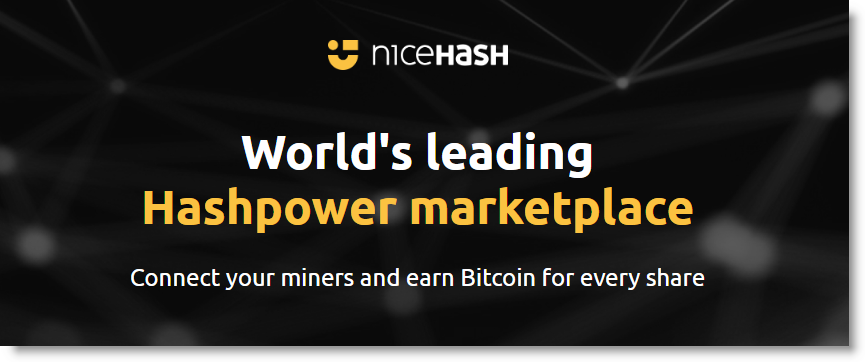Although ChainLINK is primarily known for oracles, its native blockchain focuses on connecting smart contracts with real-world data.

Price Chart for LINK
Trade on KuCoin, Automate with 3commas.
How Does LINK Connect Smart Contracts with Real-World Data?
Chainlink is a blockchain-based platform that enables smart contracts to access real-world data and events. It is an open-source project that was founded in 2017 by Sergey Nazarov and Steve Ellis and is now one of the most popular projects in the blockchain space.
What is Chainlink?
Chainlink is a decentralized oracle network that provides reliable and secure data to smart contracts.
It is a blockchain-based platform that allows developers to connect their smart contracts to external data sources, APIs, and payment systems.
Chainlink is designed to provide a secure and reliable connection between external data sources and smart contracts.

Chainlink is based on the Ethereum blockchain and is designed to be interoperable with other blockchains.
It uses a network of secure nodes to provide reliable data to smart contracts. The nodes are run by independent operators who are incentivized with LINK tokens for providing reliable data.
How Does Chainlink Work?
Chainlink works by connecting smart contracts to external data sources. The Chainlink network consists of secure nodes that are run by independent operators. These nodes are responsible for providing reliable data to the smart contracts.
The nodes are incentivized with LINK tokens for providing reliable data. The nodes are also responsible for verifying the data before it is sent to the smart contracts. This ensures that the data is accurate and secure.
The Chainlink network is designed to be interoperable with other blockchains. This means that it can be used to connect smart contracts on different blockchains. This makes it possible for developers to create cross-chain applications.
What are the Benefits of Chainlink?

Chainlink provides a secure and reliable way to connect smart contracts with external data sources. This makes it possible for developers to create applications that use real-world data. This can be used to create applications that are more reliable and secure.
Chainlink also provides a way to connect different blockchains. This makes it possible for developers to create cross-chain applications.
This makes it easier for developers to create applications that use data from multiple blockchains.
Finally, Chainlink is designed to be secure and reliable. The nodes are incentivized with LINK tokens for providing reliable data. This ensures that the data is accurate and secure.
Conclusion

Chainlink is a blockchain-based platform that enables smart contracts to access real-world data and events. It is an open-source project that provides a secure and reliable way to connect smart contracts with external data sources, APIs, and payment systems. The project is designed to be interoperable with other blockchains, making it possible for developers to create cross-chain applications.
Chainlink is a secure and reliable way to connect smart contracts with external data sources, making it possible for developers to create applications that use real-world data.

Frequently Asked Questions
Q: What is the native blockchain?
A: The native blockchain is a platform that focuses on connecting smart contracts with real-world data. It is primarily known for its oracles.
Q: What is an oracle?
A: An oracle is a service that provides data to a blockchain, allowing smart contracts to interact with information from the outside world.
Key Trading Tips To Remember
We have been giving away our proven crypto trading plan PDF since 2015. Join thousands of people and learn to profit from trend trading. Sign up for the Free Crypto Trading Plan PDF or learn about our Altcoin Season Indicator.
This post was automated by Make and generated with ChatGPT. It may contain errors or outdated content.